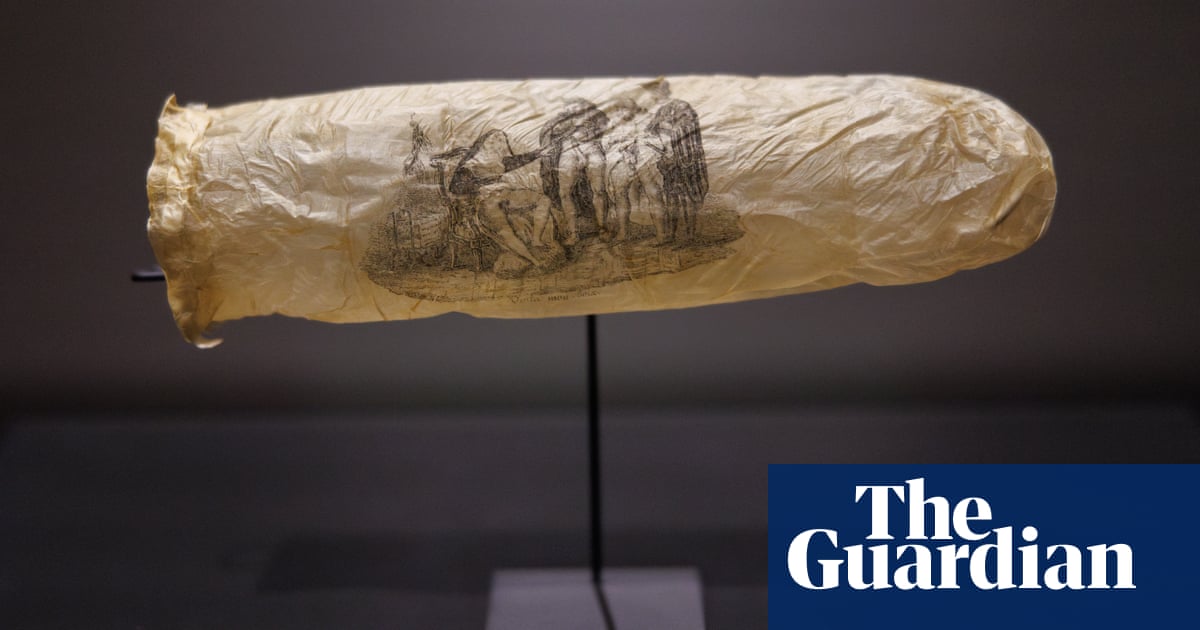Historic Condom Goes on Display in Amsterdam's Rijksmuseum

This week, a remarkable 200-year-old illustrated condom will take its place among the masterpieces of the Dutch Golden Age at the Rijksmuseum in Amsterdam. This unique artifact, which dates back to the 1830s, has garnered attention as it becomes the first contraceptive sheath to be officially included in the art collection of the renowned museum.
Crafted from what is believed to be a sheep's appendix, this condom is thought to have originated from a high-end brothel in France, likely in the bustling city of Paris. It features an erotic etching that is both provocative and intriguing, portraying a partially undressed nun gesturing towards the erect genitals of three clergymen. Accompanying this striking image are the words Voila, mon choix which translates to “There, that’s my choice.”
Joyce Zelen, the curator at the Rijksmuseum, elaborated on the artistic significance of the etching. She noted that the imagery cleverly references the Greek myth of the Judgment of Paris, where the Trojan prince Paris is tasked with selecting the most beautiful goddess from among three contenders. Zelen speculated that the original owner of this condom would have been a person of considerable sophistication and education, likely someone aware of these cultural references.
This intriguing artifact was purchased for €1,000 (£840) at an auction in Haarlem last November. It is now the highlight of a small exhibition titled Safe Sex?, which features a selection of Dutch and French prints and drawings that explore themes surrounding sex work and sexual health. The exhibition aims to provoke thought and discussion among visitors about the historical context of sexuality and contraceptive methods.
Prior to the advent of vulcanized rubber in 1839, which enhanced the safety and availability of condoms, earlier versions were constructed from various materials, including linen, animal membranes, and even turtle shells. These early condoms were notoriously inadequate in terms of protection against sexually transmitted diseases such as syphilis or in preventing pregnancy.
“During the 1830s, when this particular condom was created, societal attitudes towards the use of condoms were predominantly negative, especially from the church's perspective,” Zelen explained. “They were primarily sold discreetly in establishments such as brothels or barber shops, though there are some reports of upscale boutiques offering custom-tailored versions.”
In a fascinating twist, the promotional artifact displayed in Amsterdam is designed to appeal to a wide audience, measuring a noteworthy 20cm in length. Zelen indicated that examinations using UV light suggest it was never actually utilized. “It’s also uncertain whether the nun in the etching is directing her attention to the bald man, the slender gentleman, or the one with a slightly fuller figure,” she added. “This ambiguity means that any type of man could feel addressed by the artwork.”





























